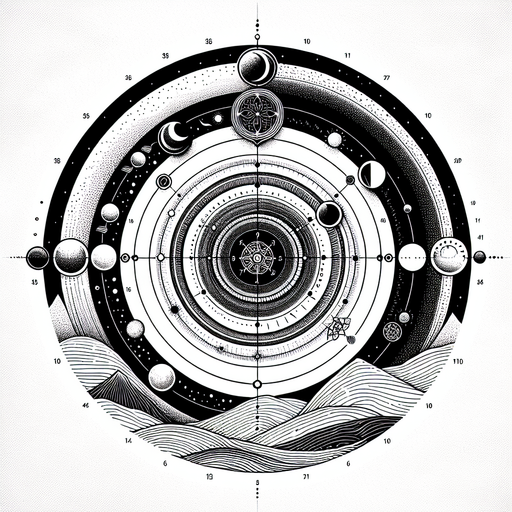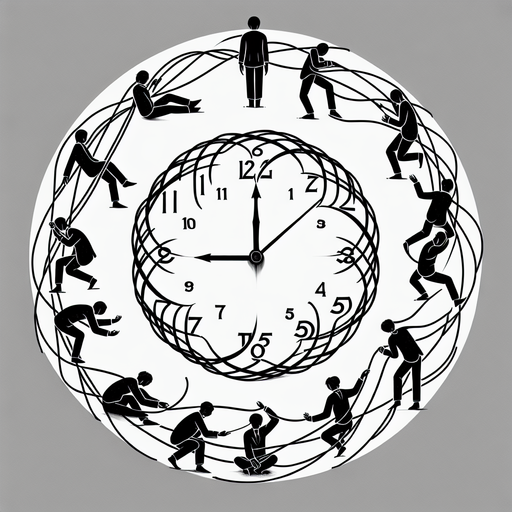Calendar Evolution
How One Of The Most Important Coordinating Technologies Evolved
One of the most critical technologies invented by humans, which we often take for granted, is the calendar. We cannot imagine living without it in the modern world, yet we seldom reflect on its origins. The current calendar adopted by most countries, the Gregorian Calendar, results from multiple iterations and evolutions involving science, religion, and politics.
The Gregorian Calendar is a solar calendar, dividing the 365 days of the year into 12 months to account for the time it takes for the Earth to orbit the sun. However, for much of history, societies relied on lunar calendars, which use the moon's phases as a guide. Lunar calendars typically have 12 months of alternating 29 and 30 days, reflecting the approximate 29.5 days it takes for the moon to orbit the Earth. Calendars were crucial for marking agricultural dates, such as the onset of spring.
But a lunar calendar has a problem: it totals only 355 days. Over time, the moon's phases begin to fall out of sync with the lunar calendar, causing confusion between dates and seasons. Among the first civilizations to recognize this issue, the Egyptians developed a solar calendar to predict the Nile's flooding precisely. This calendar inspired Julius Caesar to introduce a solar calendar to the Roman Empire after the existing calendar fell out of sync with the solar year by three months.
Julius Caesar's calendar was precise, including an extra day every four years to account for the slightly more than 365 days it takes for the Earth to orbit the sun. However, it was not perfect, overestimating the length of a year by 11 minutes. This small error, accumulating over centuries, led to a significant drift of the calendar from the solar year, necessitating the eventual adoption of the Gregorian calendar in 1582. This new calendar skipped the extra day whenever the year is divisible by 100 but not 400. Time is a fundamental tool for human coordination, and it is fascinating to see the lengths we have gone to ensure we have a reliable calendar.
Craving more? Check out the source behind this Brain Snack!


